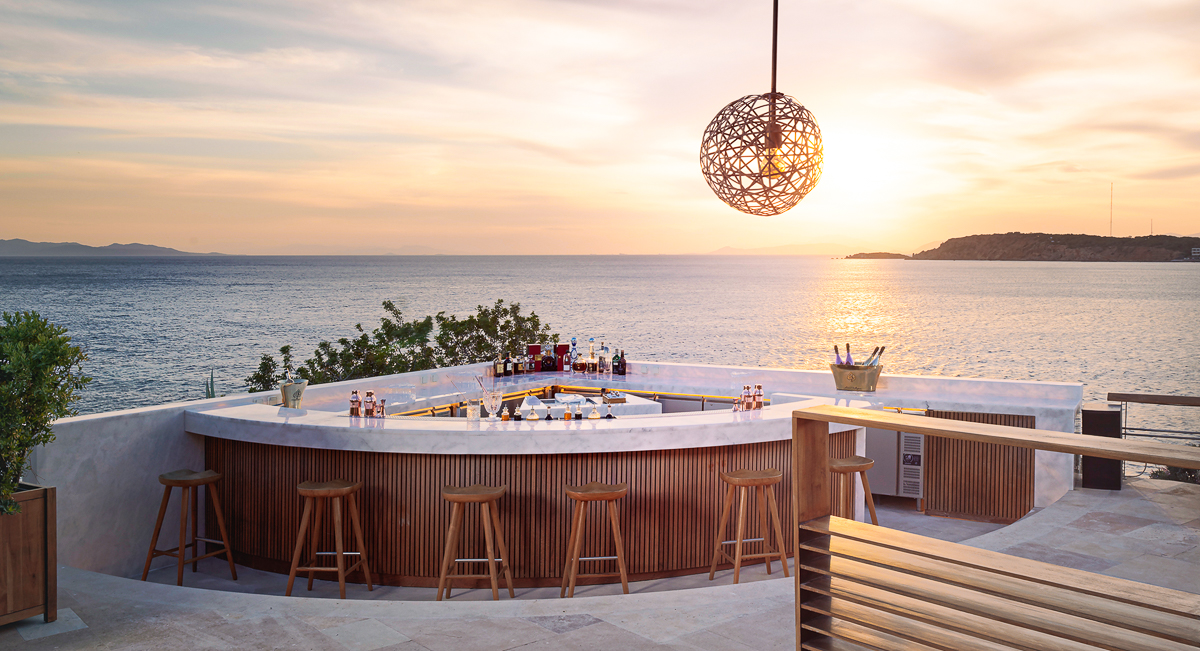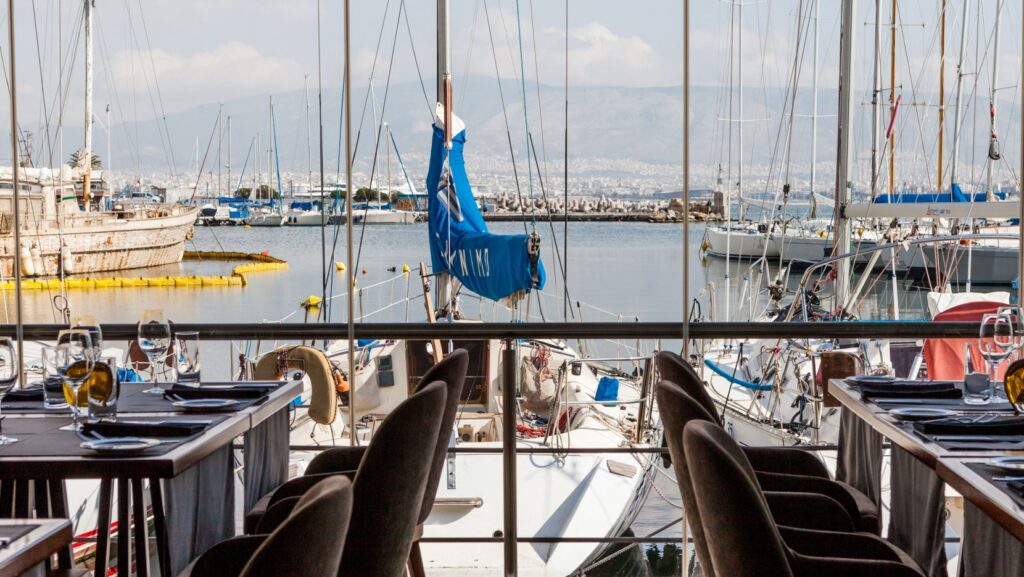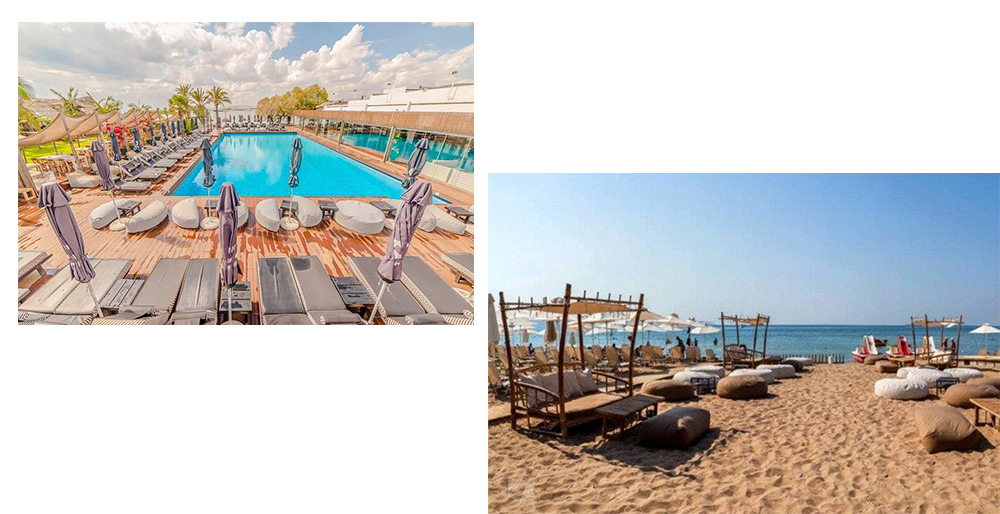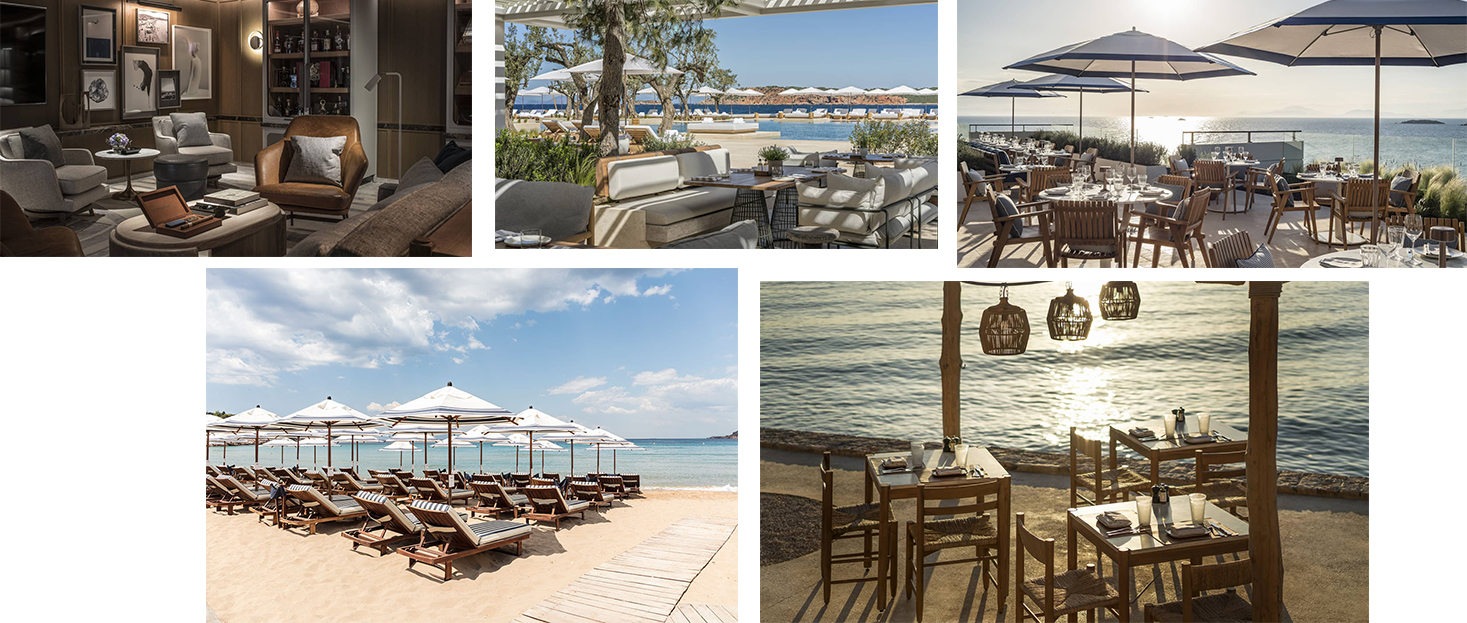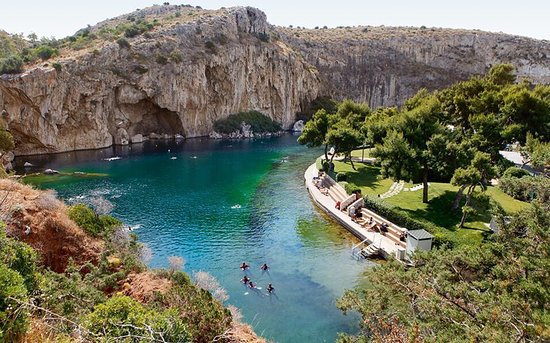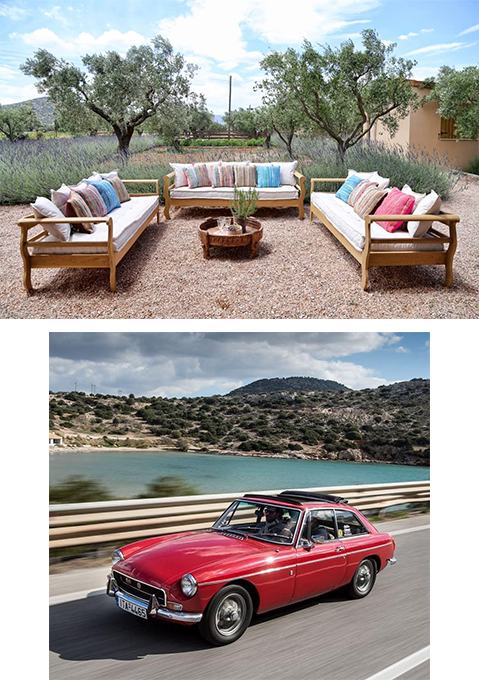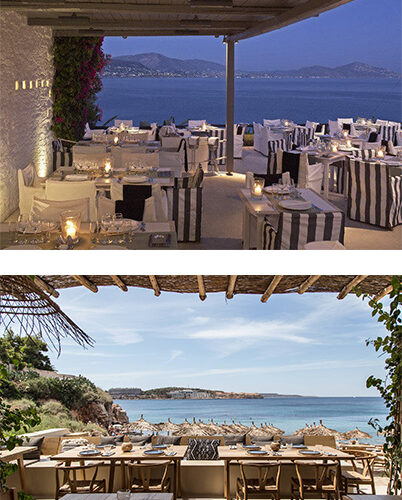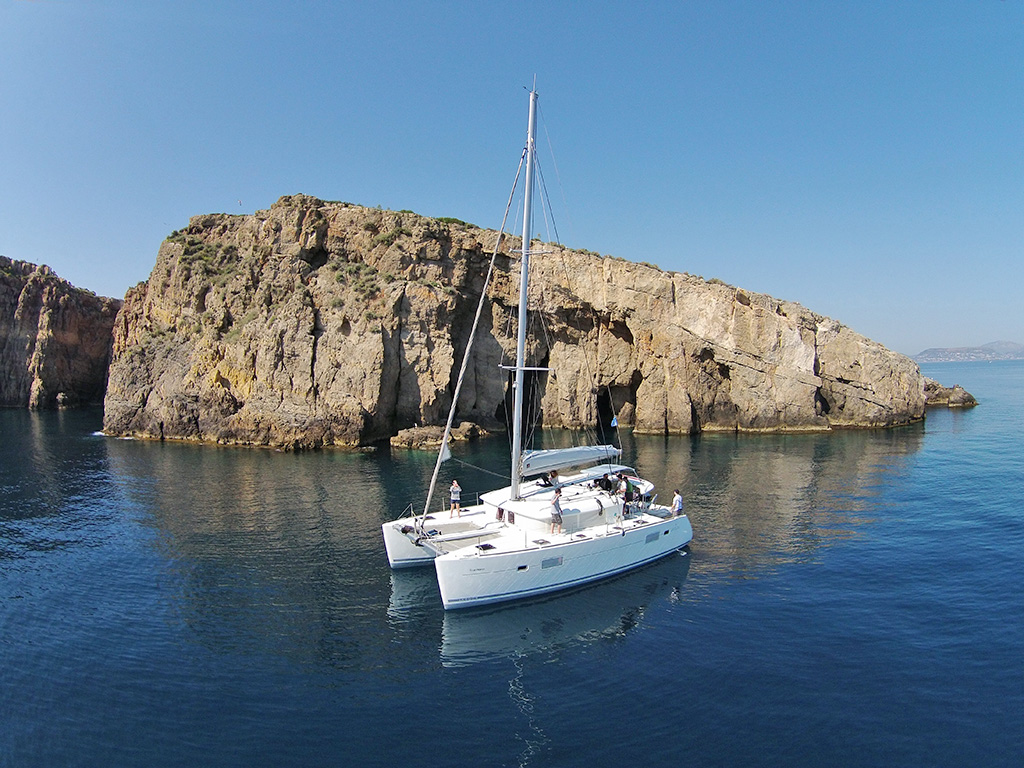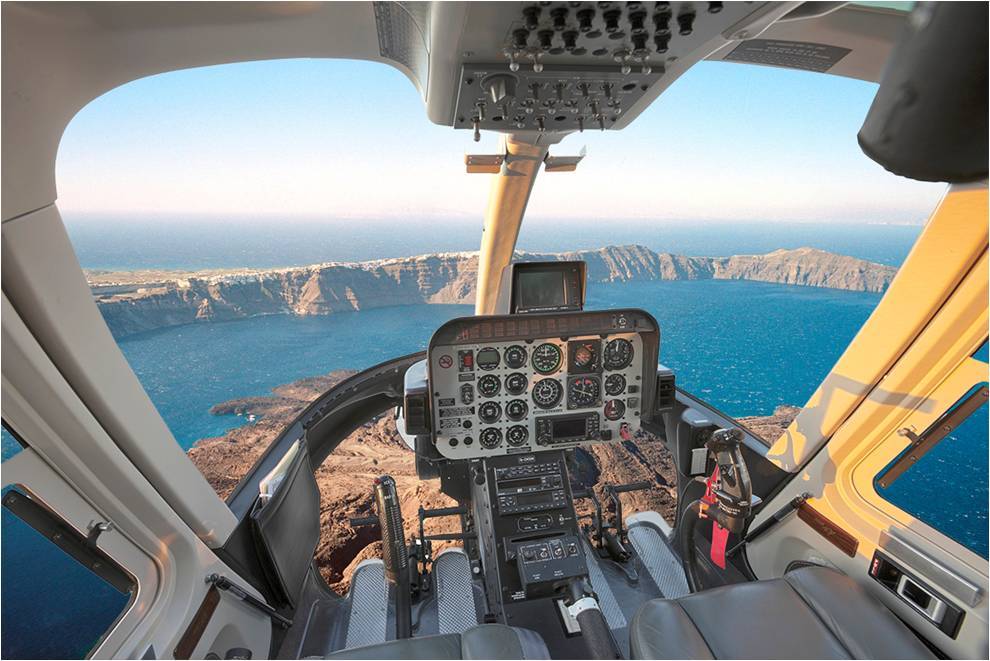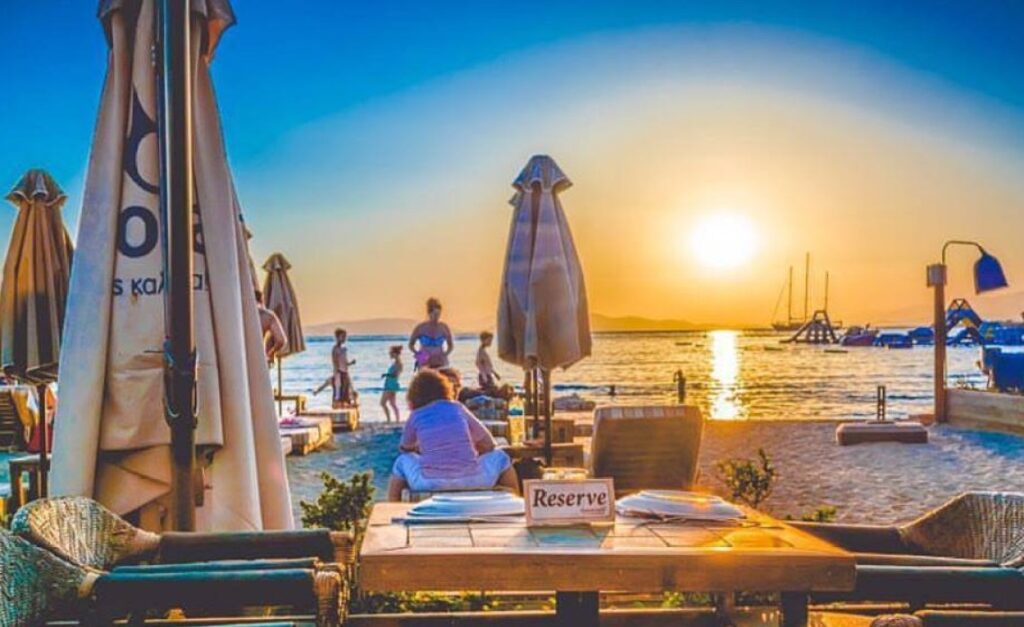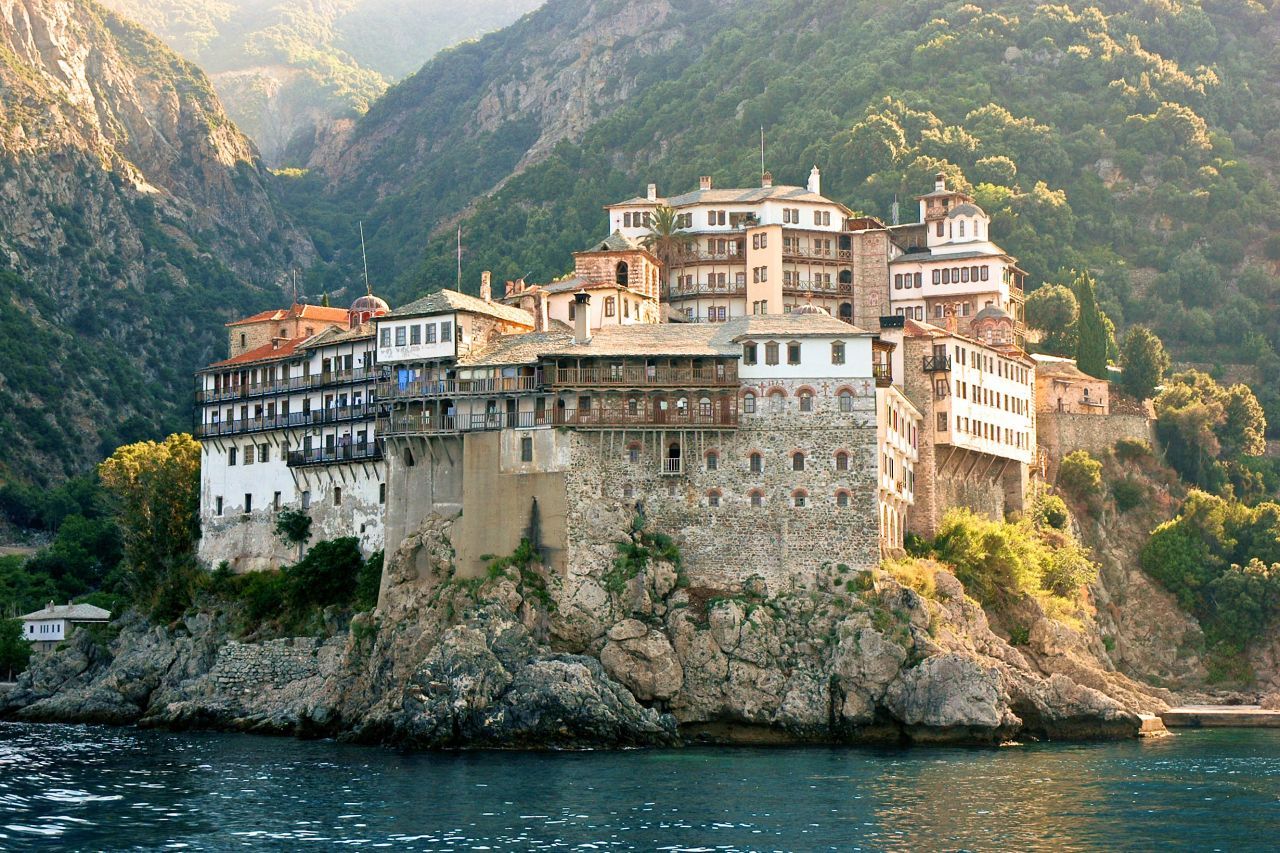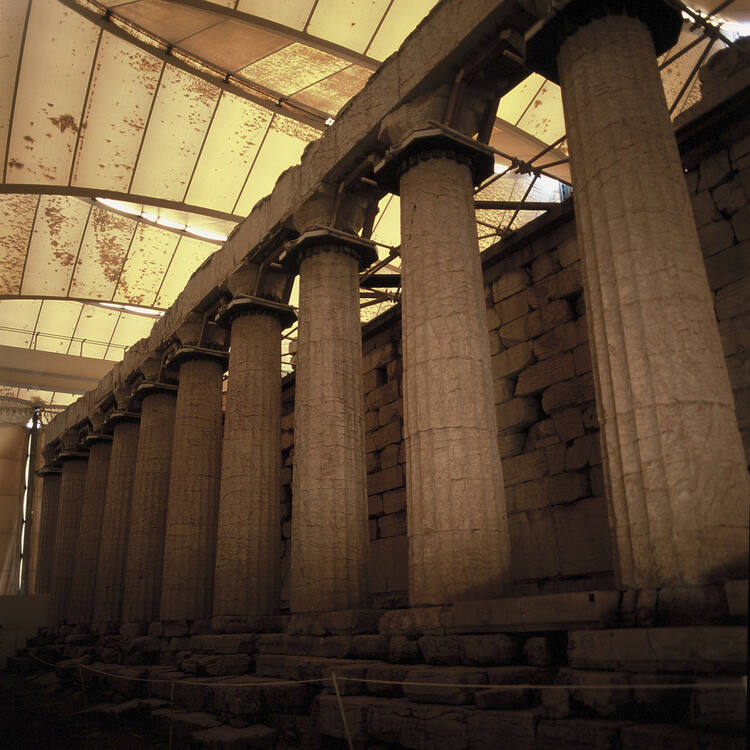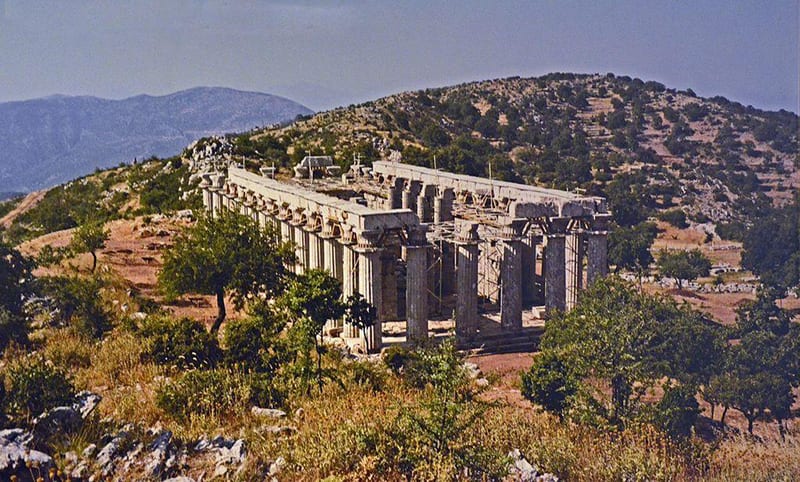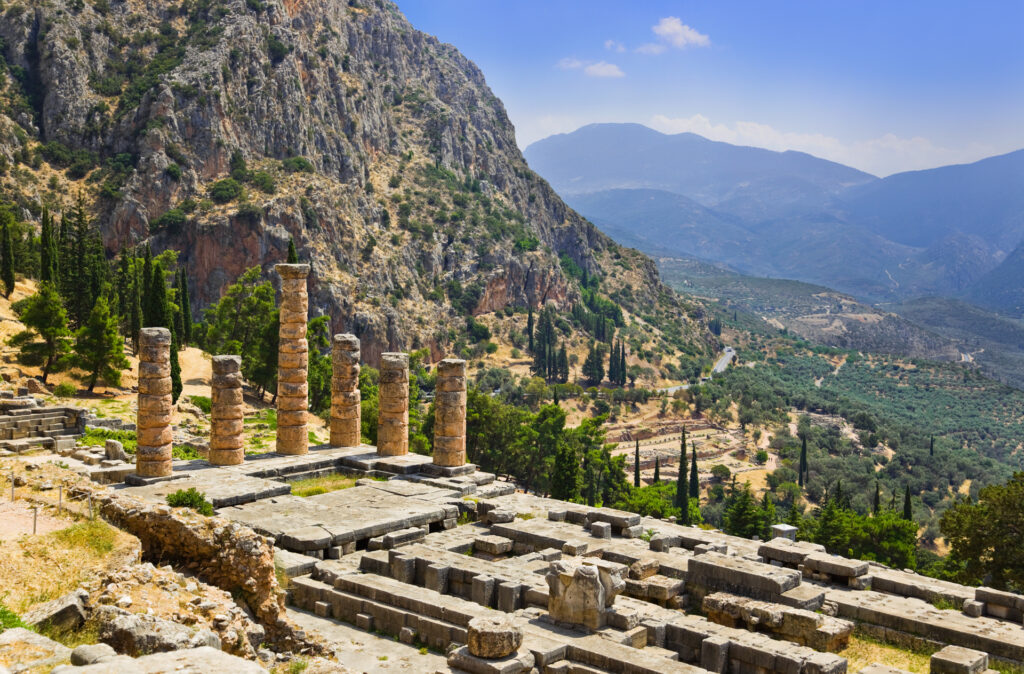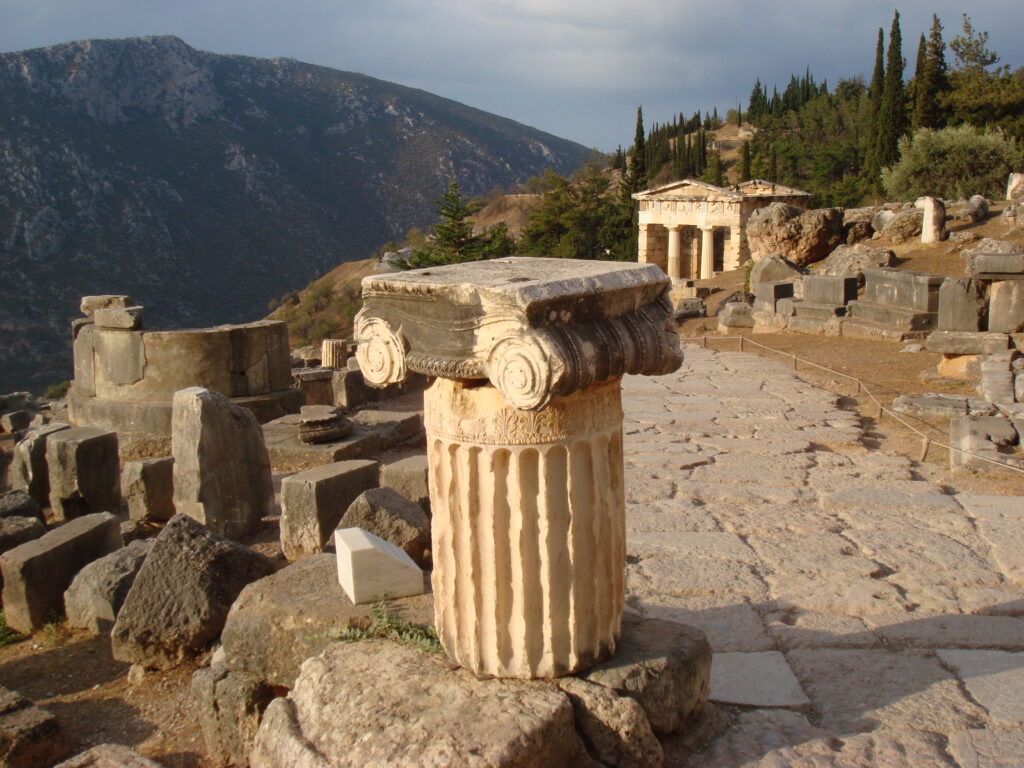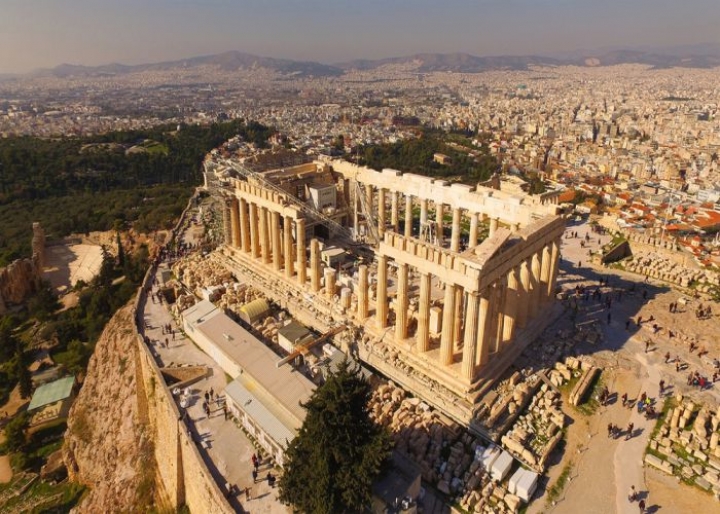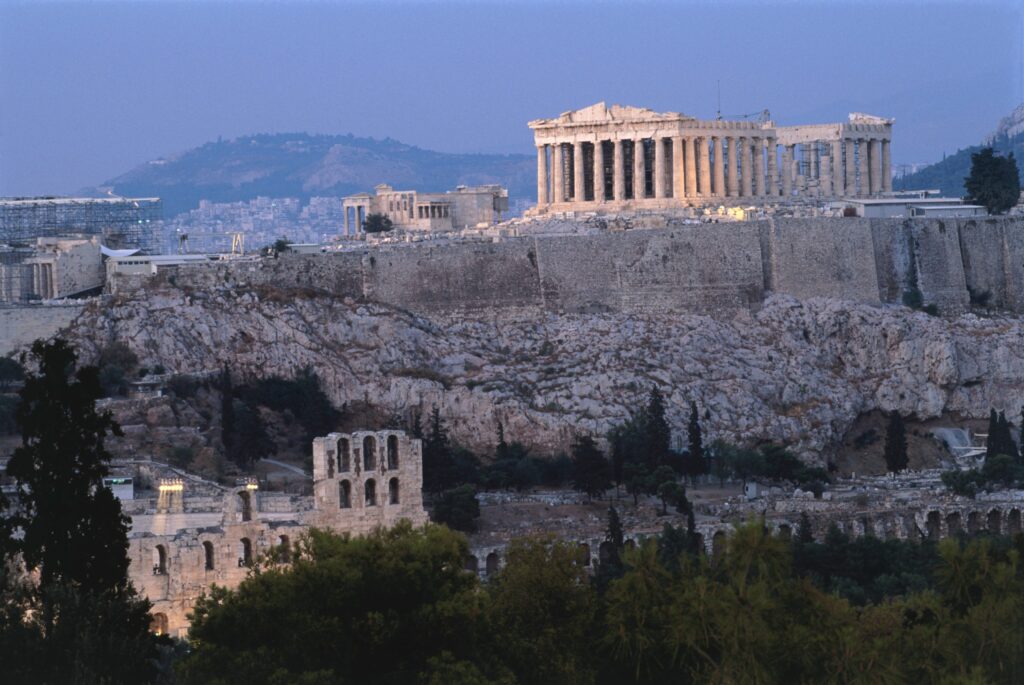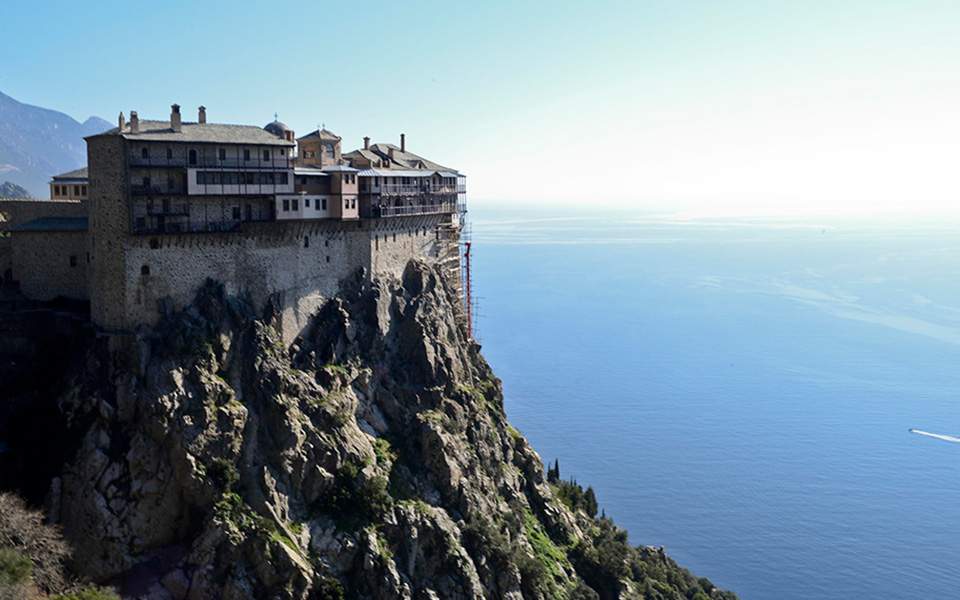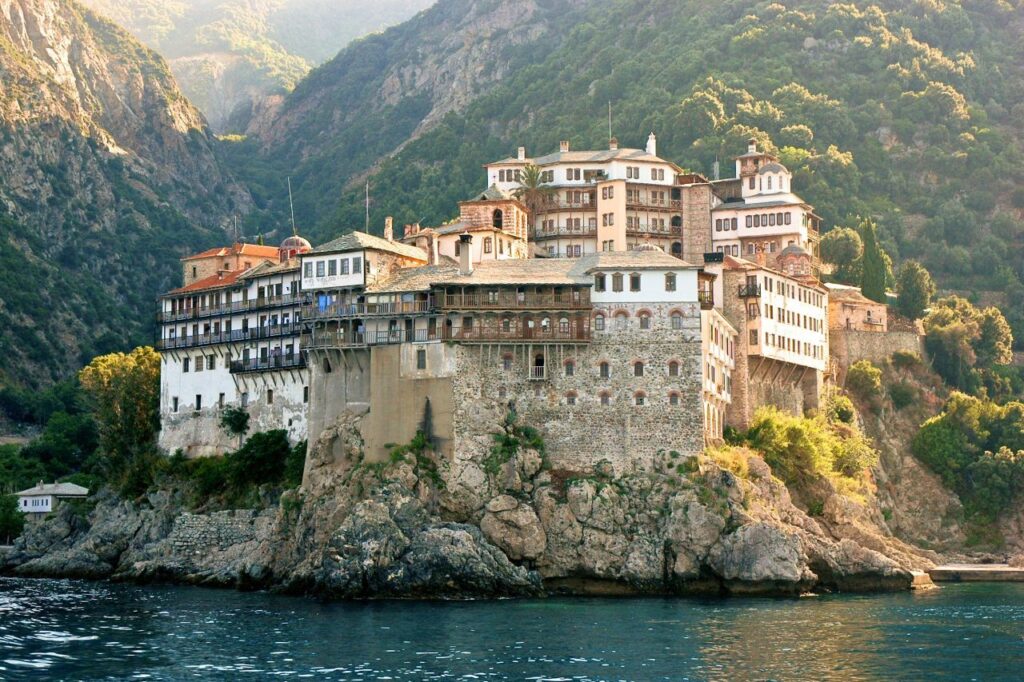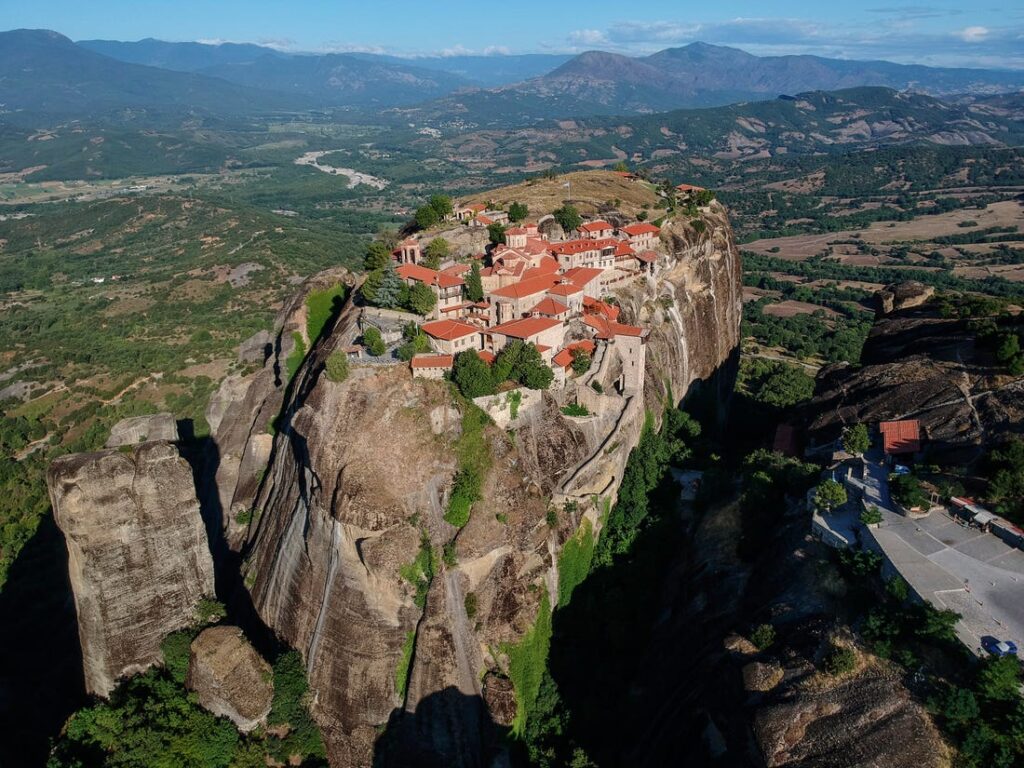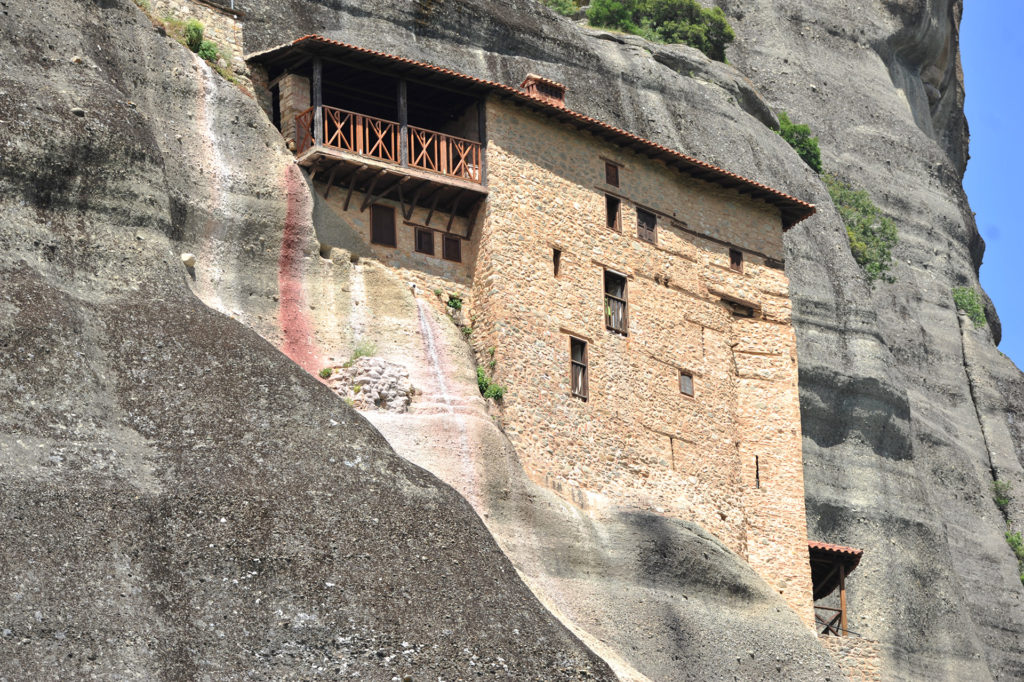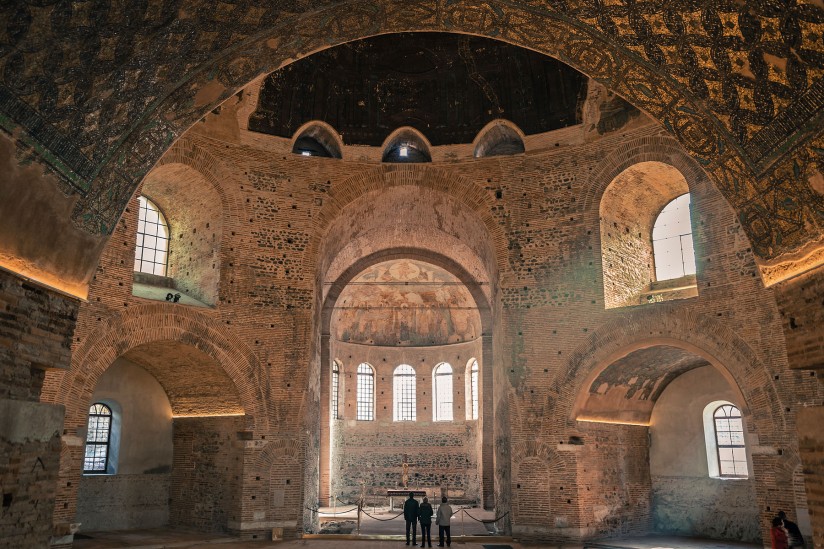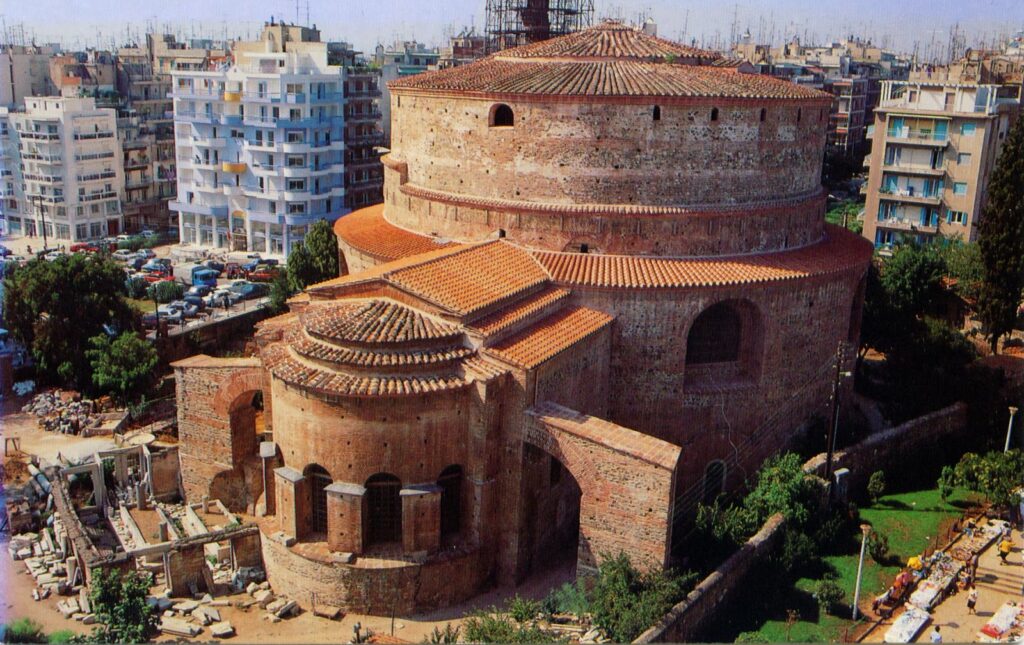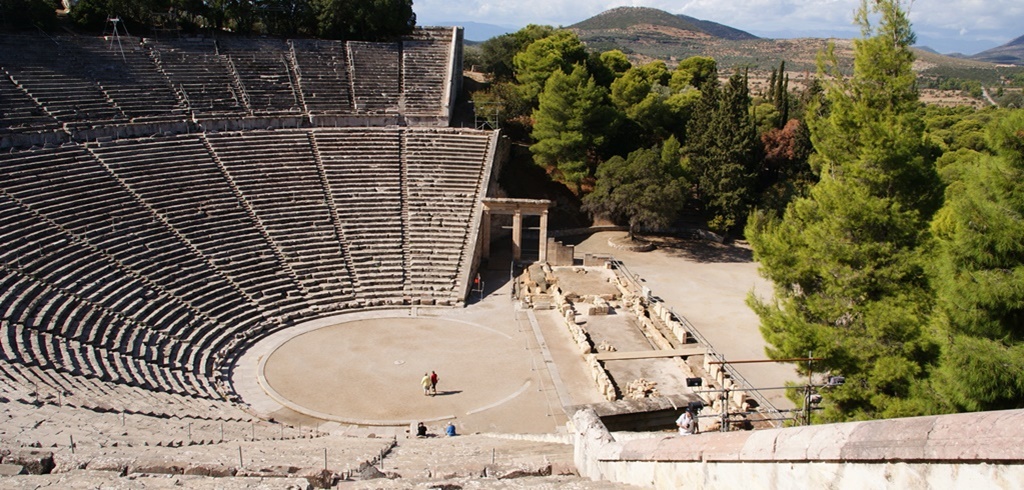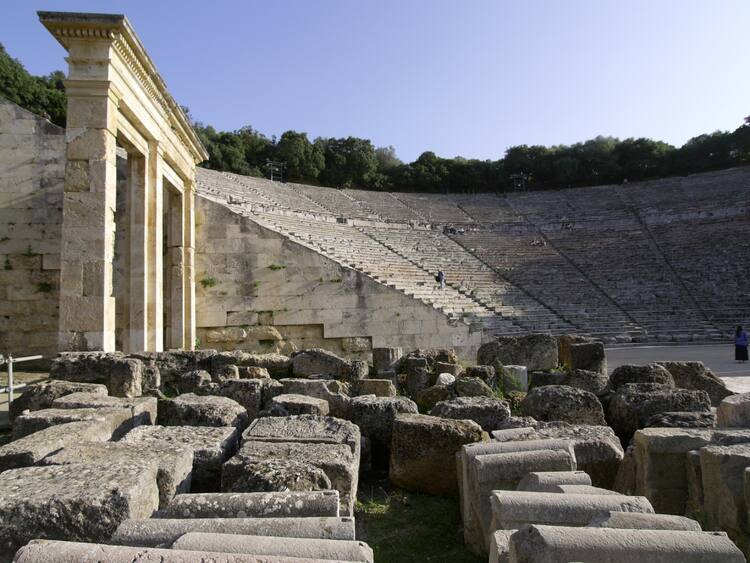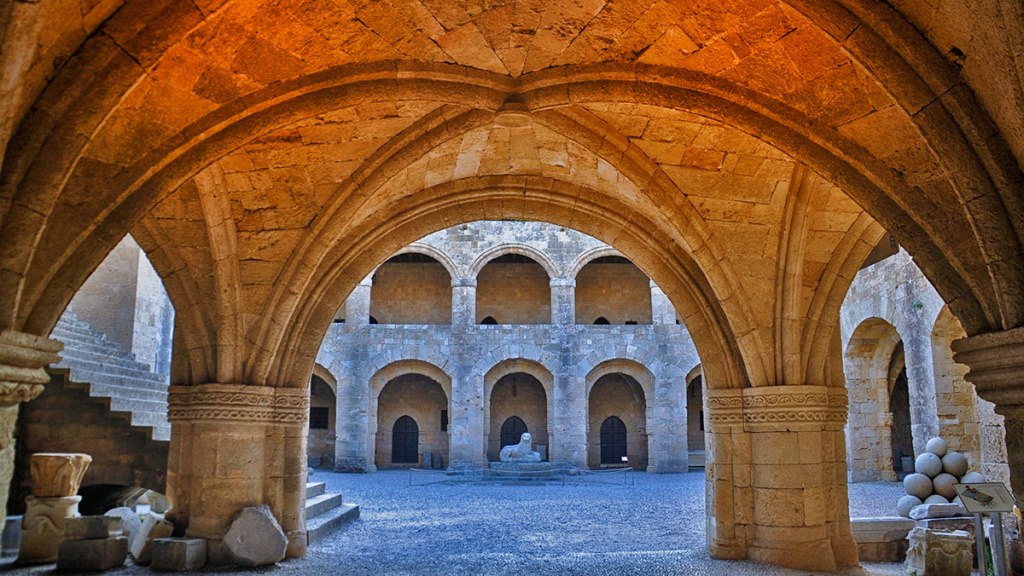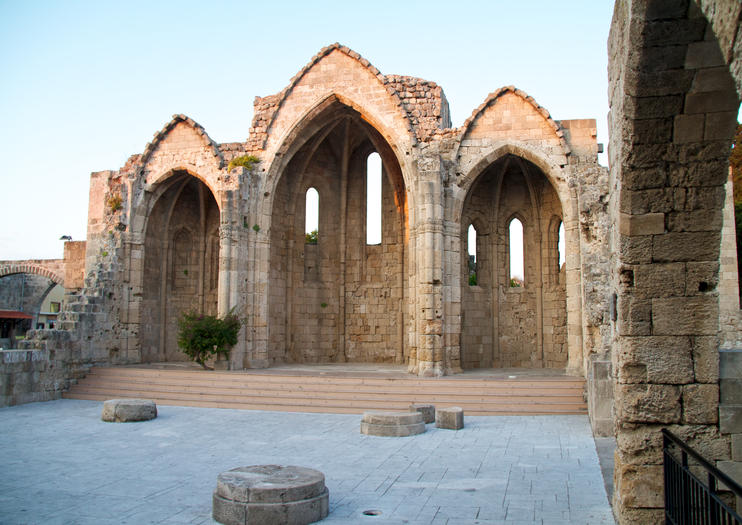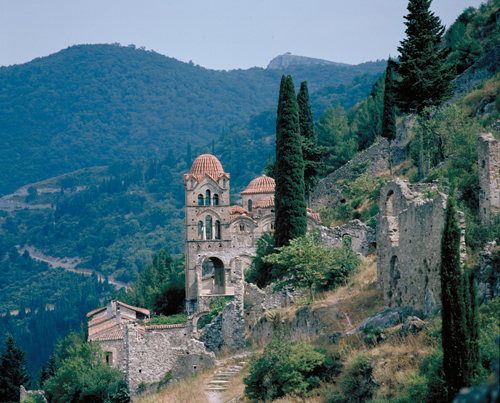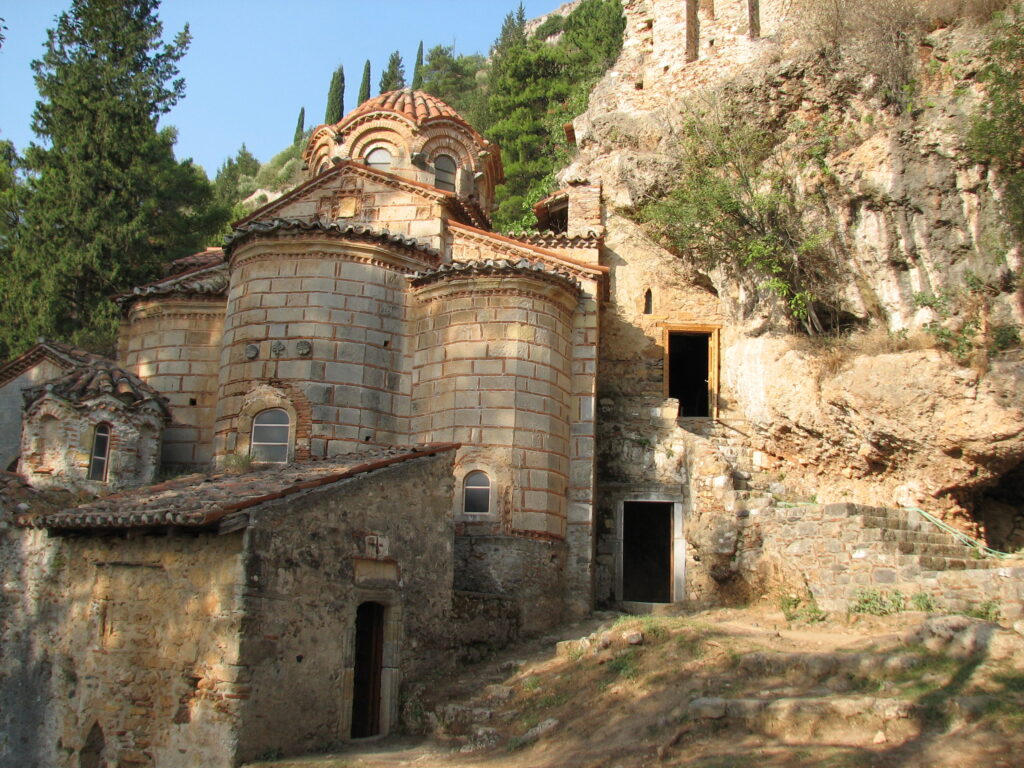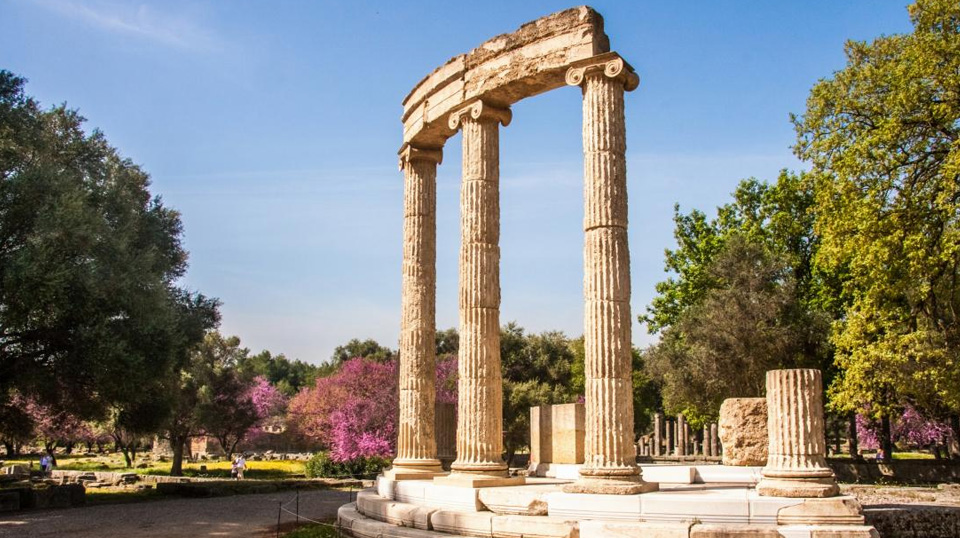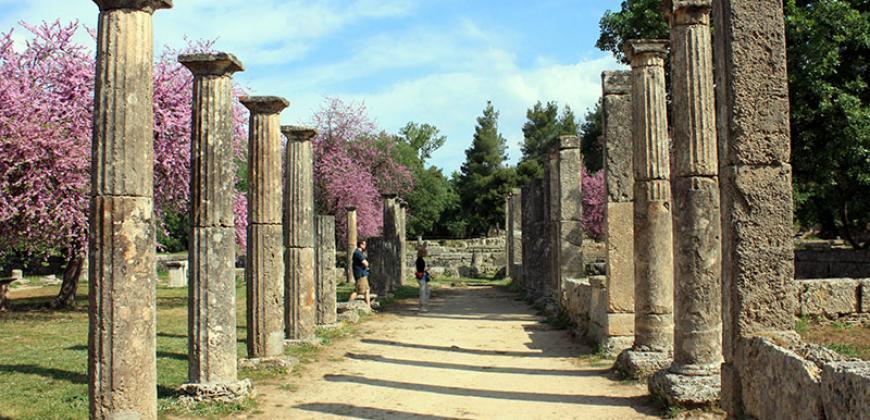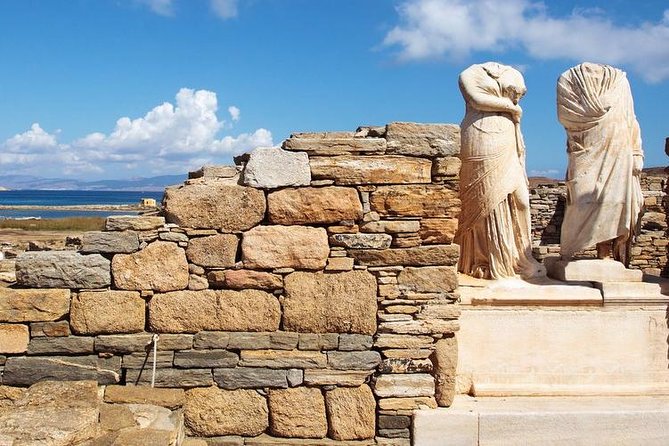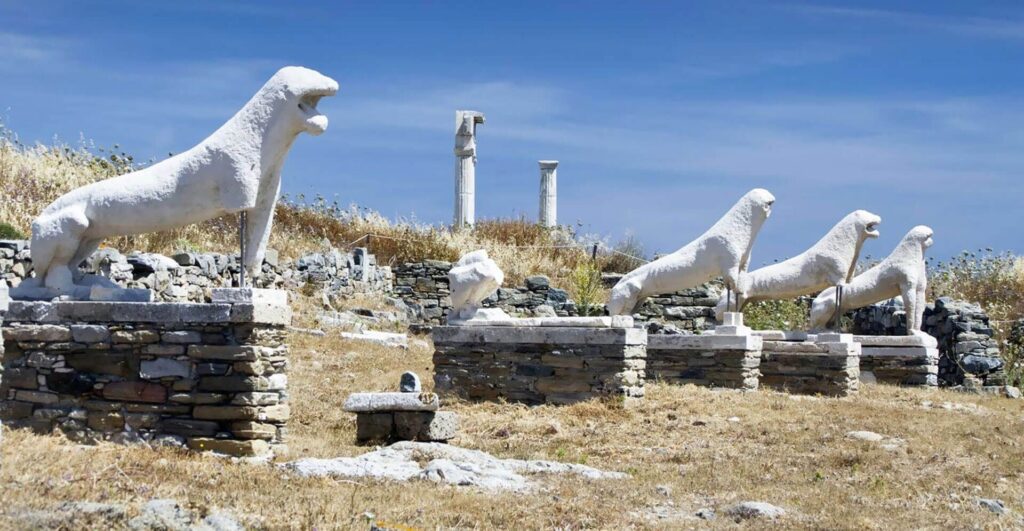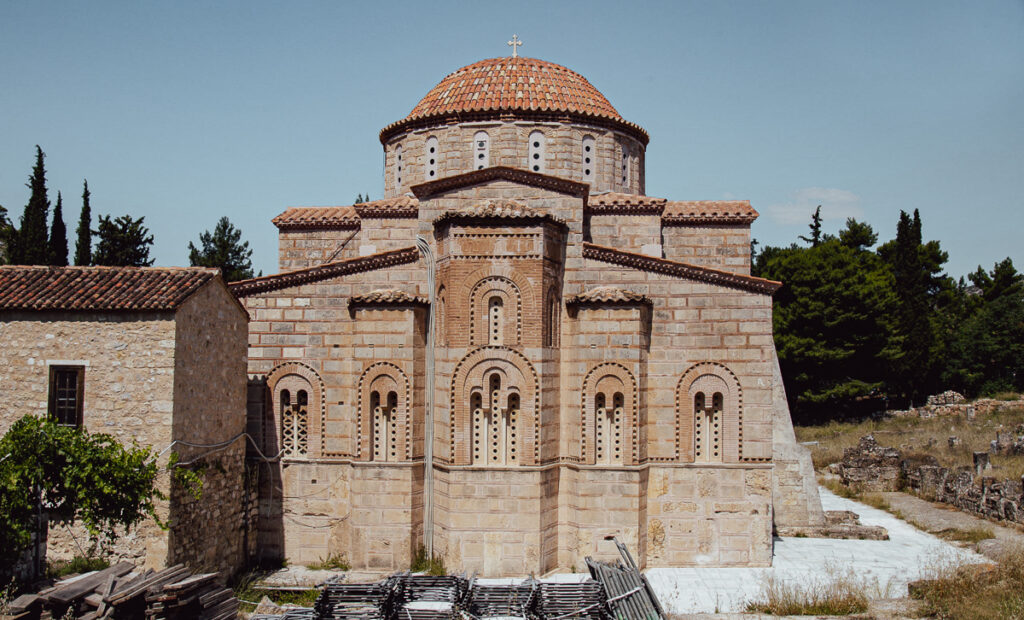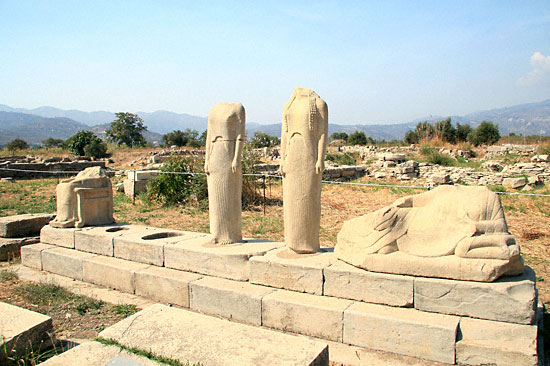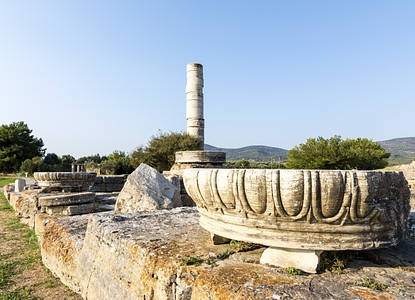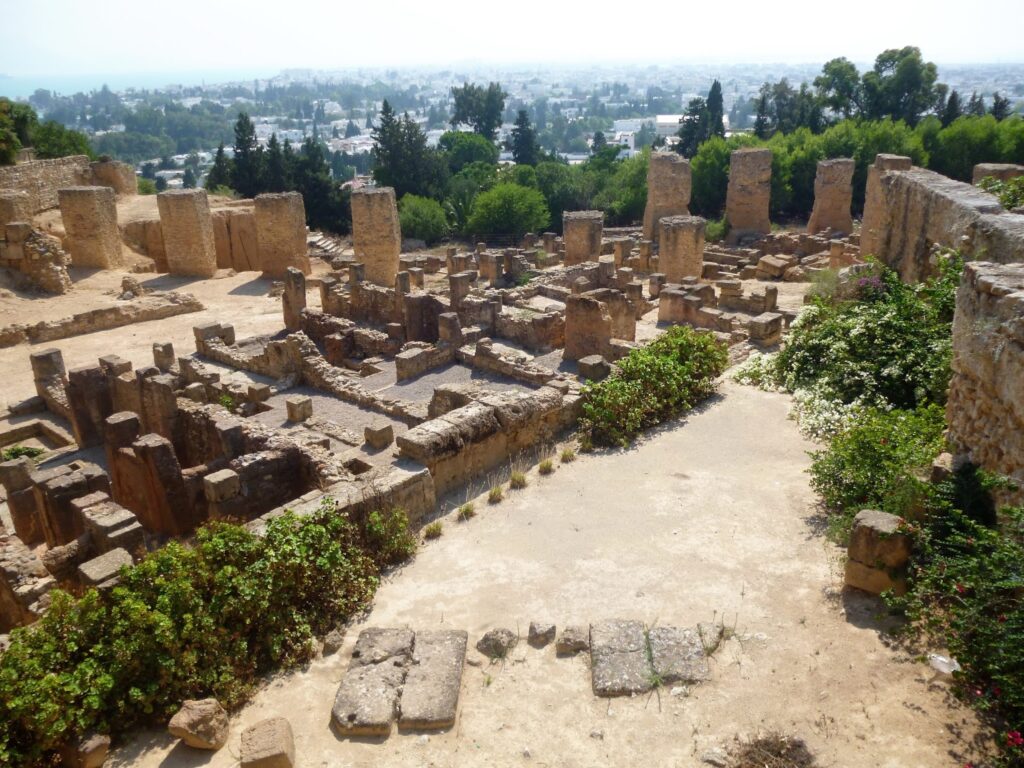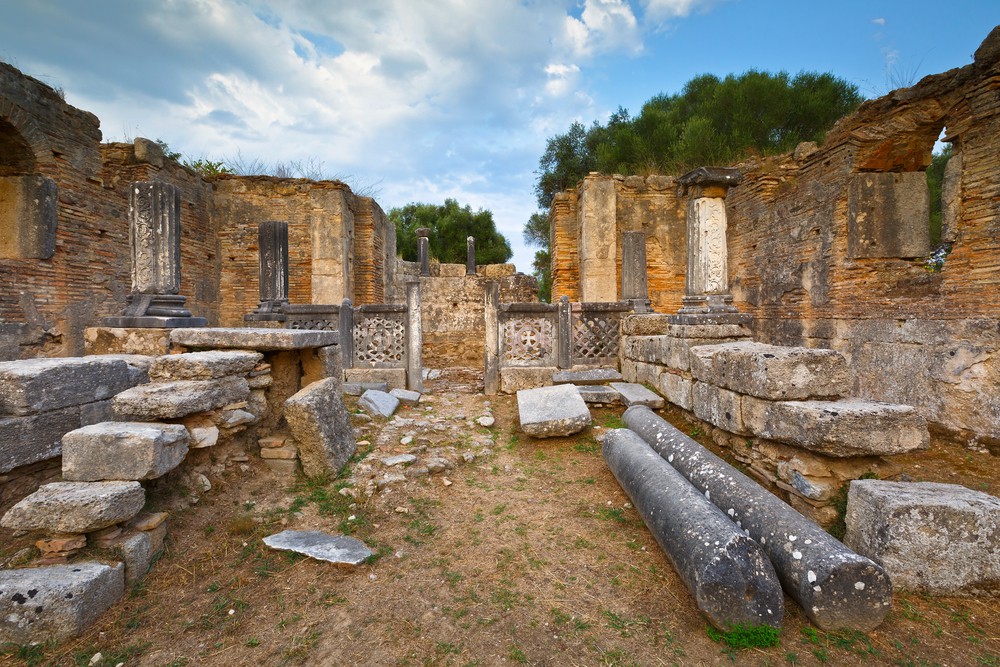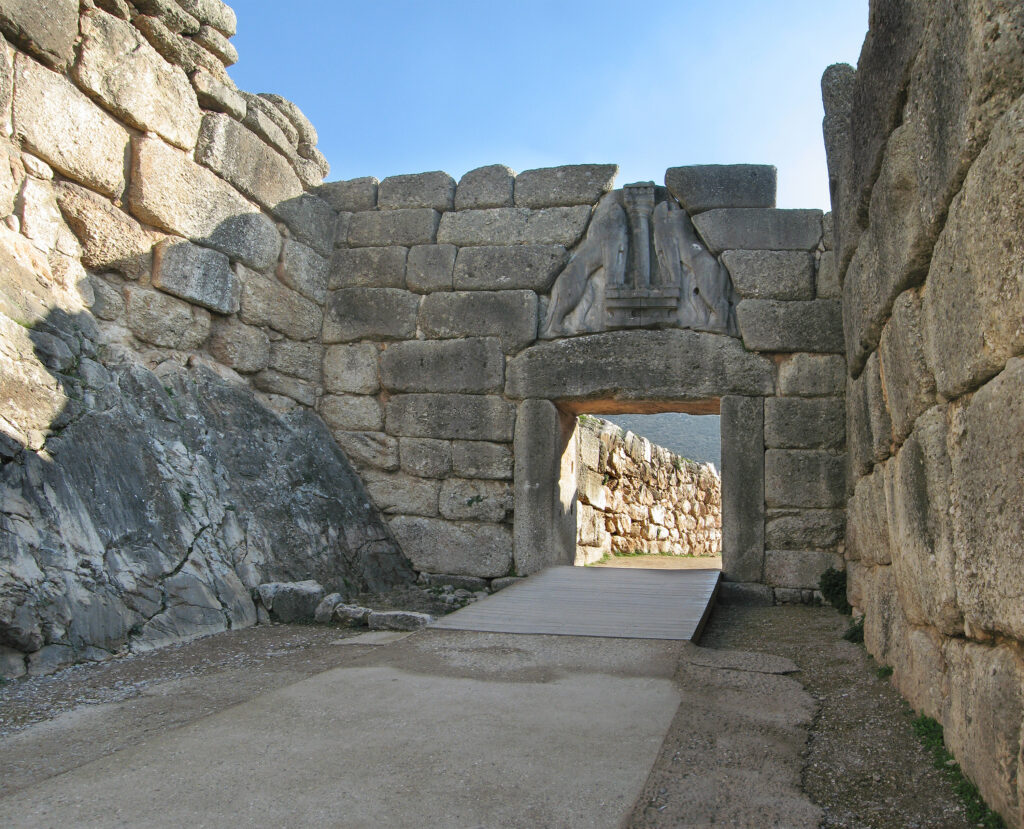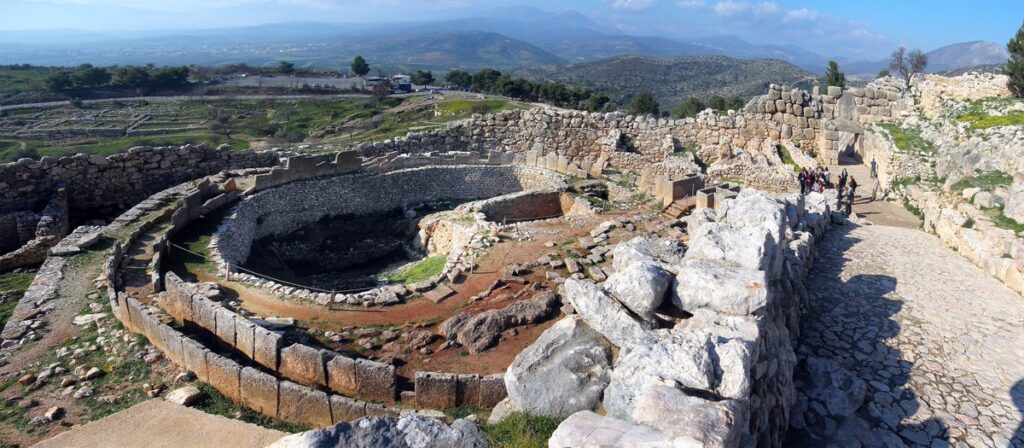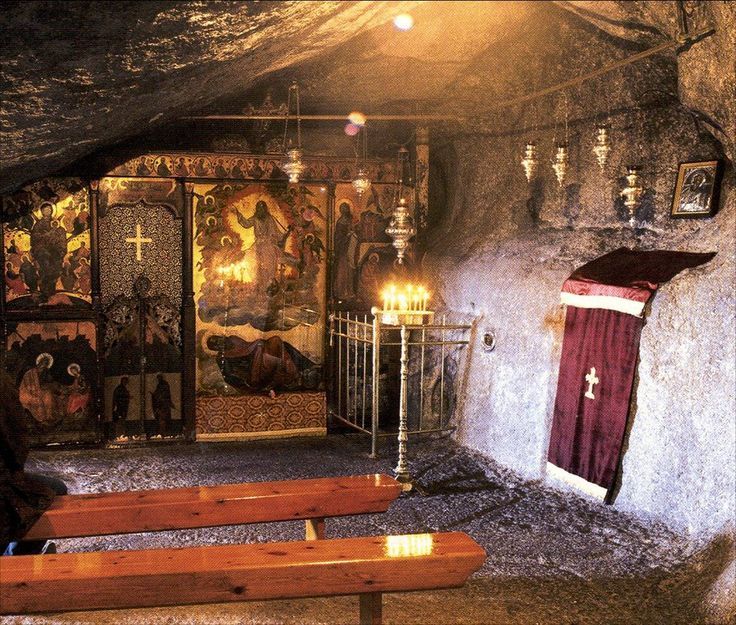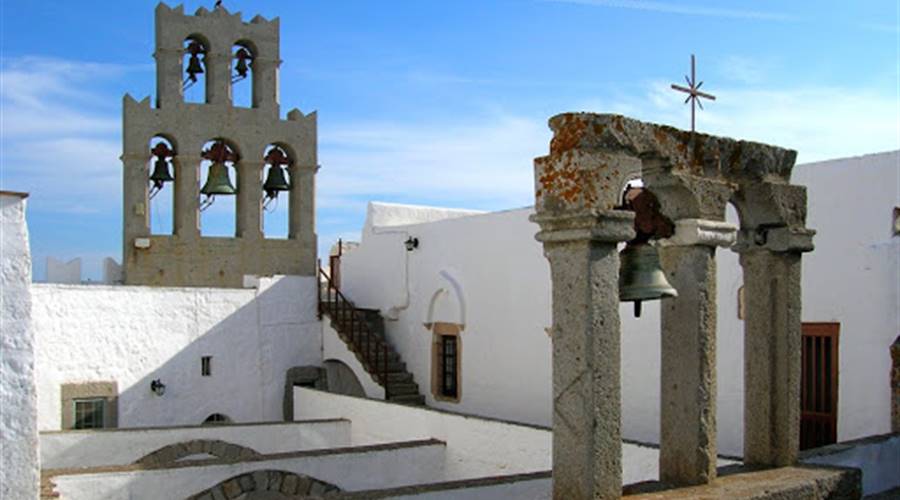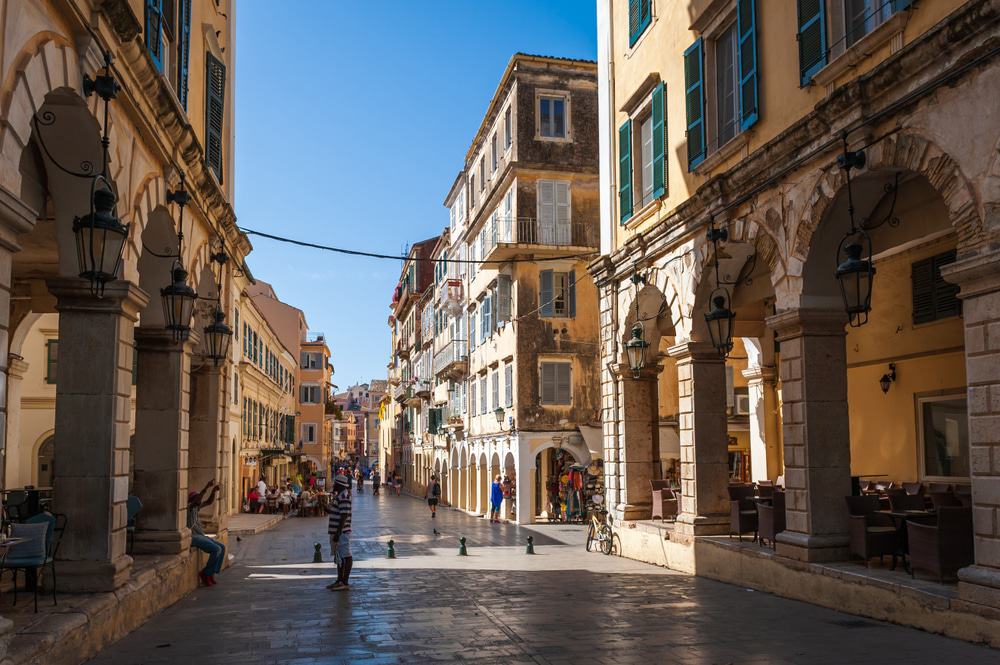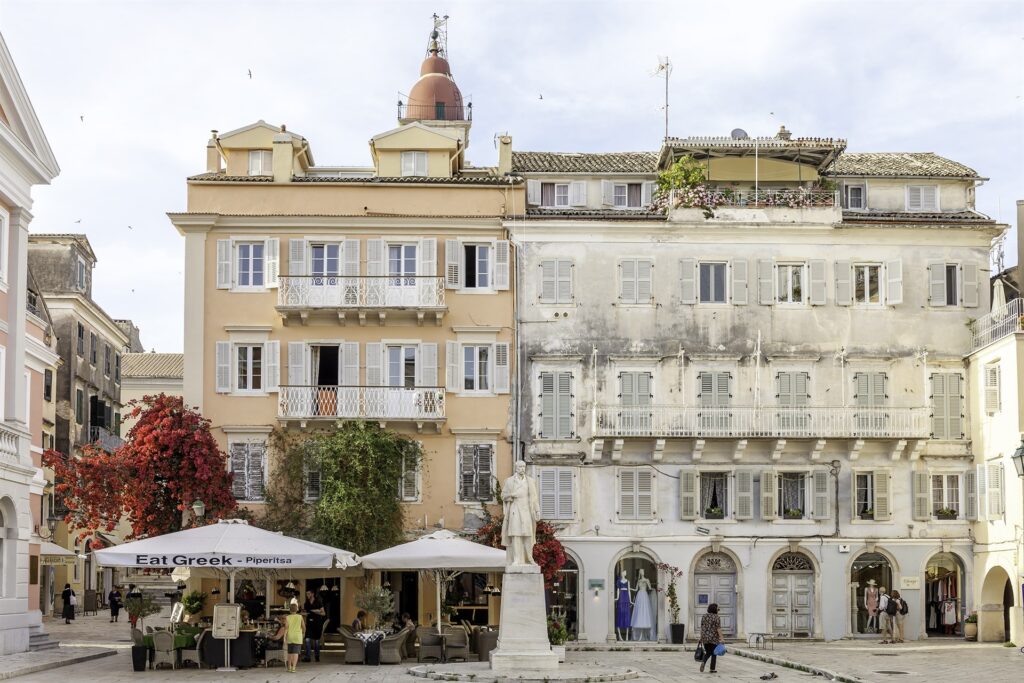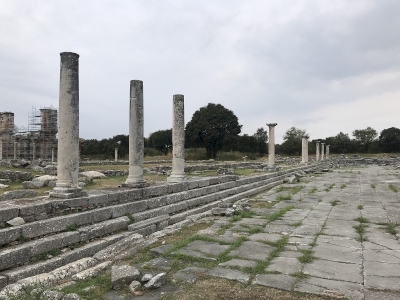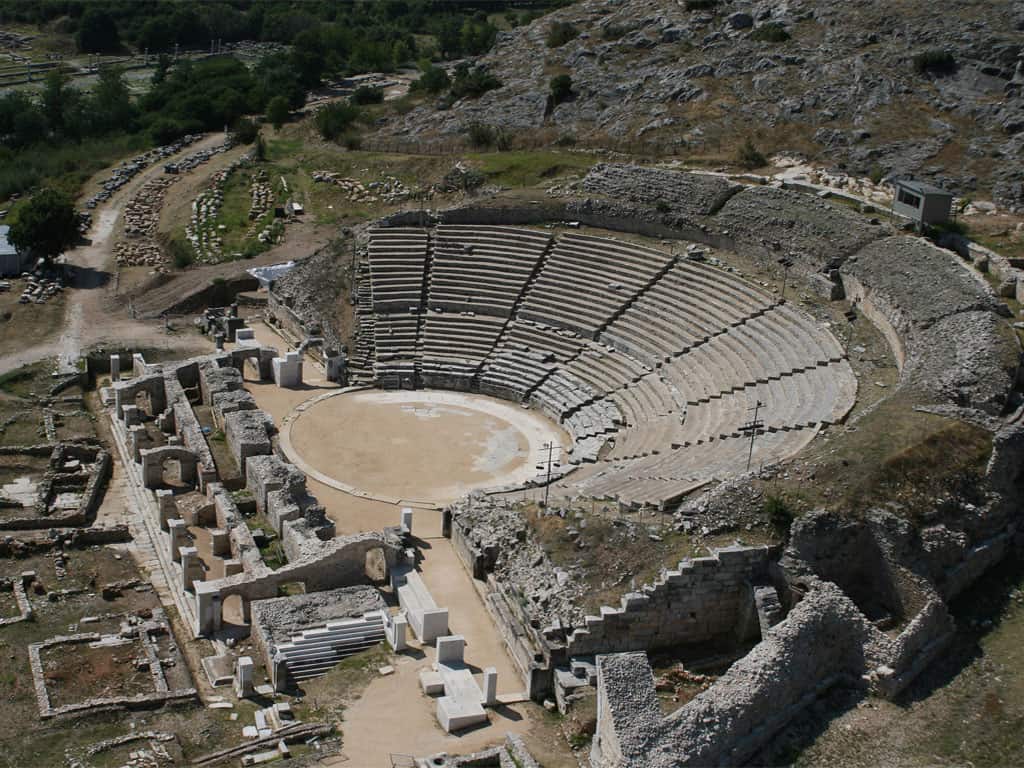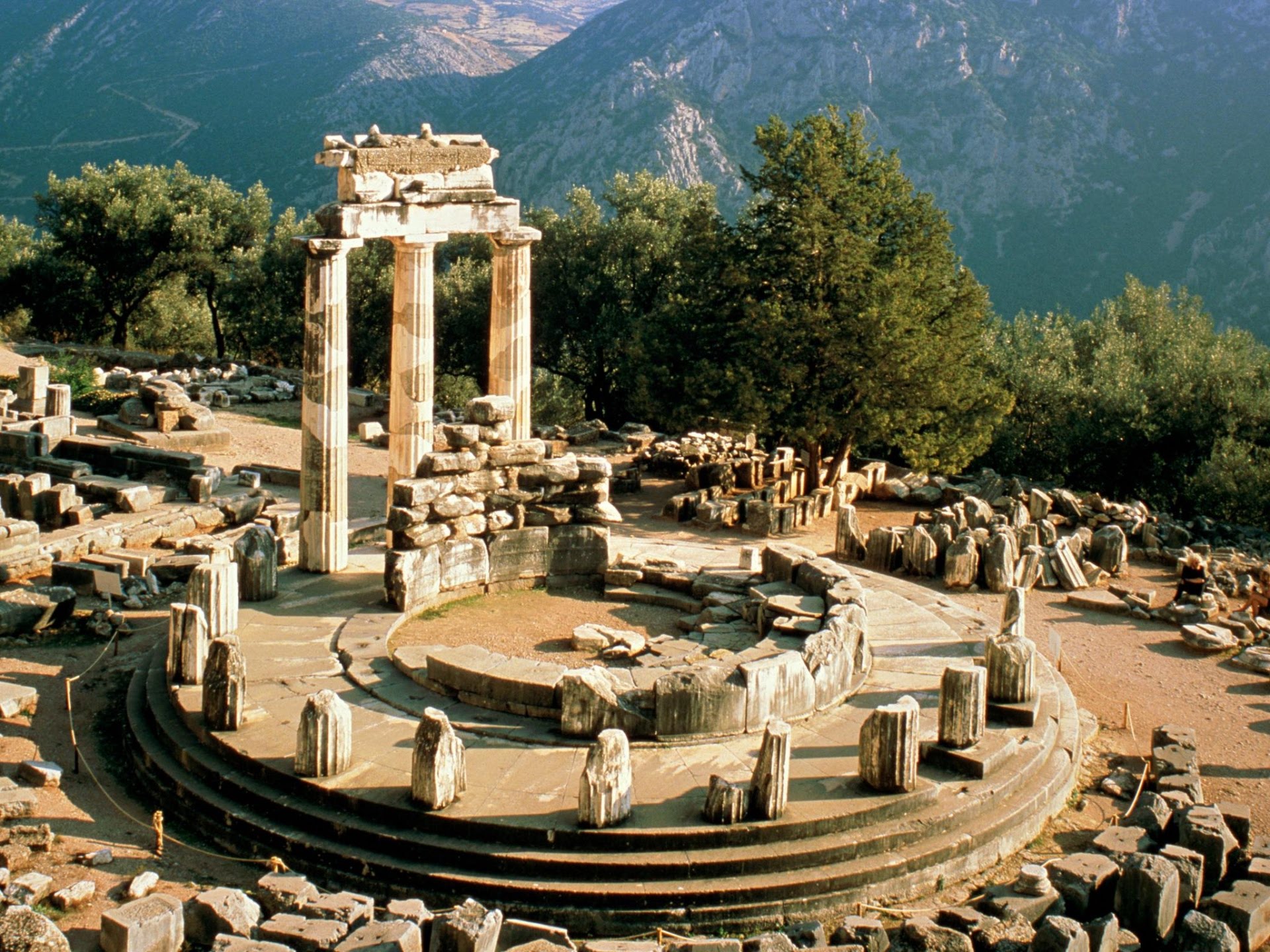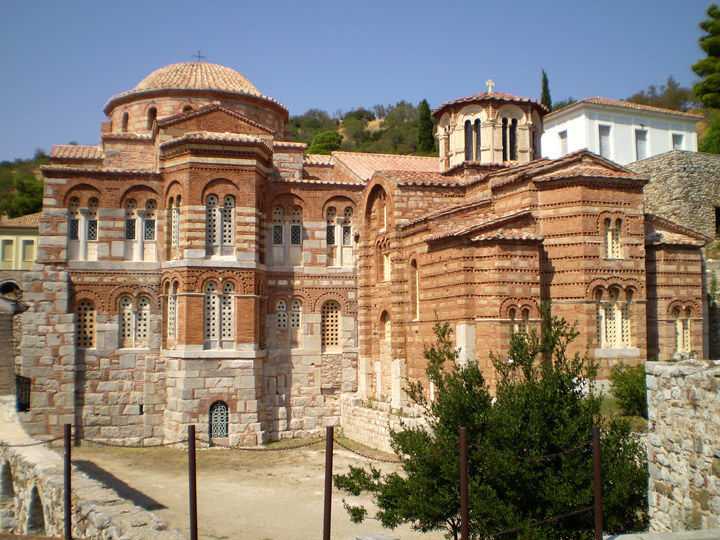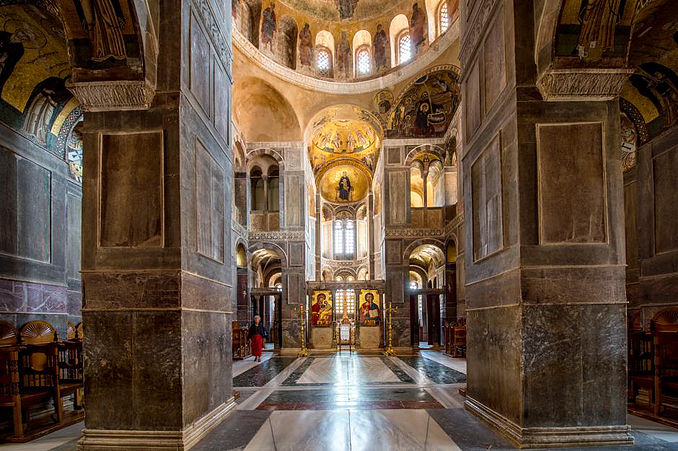Heading south from the Greek capital you will come across a stunning coastline known as the Athenian Riviera. Here you will discover fabulous bars, fine restaurants and luxurious resorts, not to mention some of the city’s best beaches, tailor-made tours and designer shopping.
With neighbourhoods such as Cape Sounio, Faliro, Alimos, Glyfada, Vouliagmeni, Voula, Kavouri, Varkiza, and Lagonissi side by side, this is the ideal spot to enjoy a luxurious getaway.
Explore Pireaus
A gateway to Greece for those arriving or departing by cruise ship to the islands, many people merely transit Piraeus, the starting point of Athens Riviera. You should make time to explore the cafés at Zea Port offering views across the Saronic Gulf and luxury yachts moored; it’s the perfect place to unwind and sip on your Frappe or Freddo. Here you can dine at the Michelin star seafood restaurant Varoulko, also make sure to check out the Hellenic Maritime Museum; Kastela and Mikrolimano have a great range of traditional Greek dishes too.
Visit Lavrio Town
On the other side of the Riviera peninsular, you will find Lavrio, a smaller and prettier port town, filled with luxurious yachts and lots of locals and international visitors walking across the busy harbour. For a cultural experience, head to the small Archeological Museum and the Mineralogical Museum that showcases the area’s once famed mining district; several mines can be found in the surrounding villages.
Swim at one of the Beach Inlets
Athens Riviera is the most popular place for swimming in the Greek capital. You will find the beach inlet of Limanakia along the coast road to Vouliagmeni; explore the small coves and deep blue waters reached by walking down rocky paths. The second inlet in this area features Lefteris’ Canteen, an authentic spot to have a coffee and treat. Windsurfers head to Anavyssos beach where there is also a playground, beach volleyball court and a stretch of sun loungers and umbrellas.
Spend an Entire Day at a Beach Bar
The beach bars on the Athens Riviera are super glamorous and you can arrive here from the early morning and stay for sunset and sunrise! Some of the most popular are Balux Seaside Cafe in Glyfada. Yabanaki in Varkiza is great for water sports (from SUP and windsurfing to wakeboarding and banana boat rides for kids). The House Project is great for families; you can rest assured kids will be entertained for hours on end here.
Check out the Famous Astir Palace
For the most upmarket experience, lounge at the newly renovated and reopened Astir Palace in Vouliagmeni, where the luxurious services are second to none. The Astir Beach Club is one of the most exclusive organised beaches of the Riviera. Set along 900 feet of coastline, it offers beach beds and cabanas, massage therapists, sports such as paddleboarding and yoga classes, designer Greek shopping boutiques, and attentive food and drinks service at your beach bedside. There’s also a selection of fine dining restaurants, including Italian, a modern Greek tavern, Latin American Grill House, a seafood restaurant, as well as a golden-age glamour, exclusive cigar lounge.
Take a Dip at Lake Vouliagmeni
For an unforgettable swimming experience, head to Lake Vouliagmeni. It’s a natural spa lake with fresh spring and seawater where the water is warm in summer and winter, making it a popular spot year long. Here you can also have a natural pedicure as it’s full of garru rufa fish—also known as the Dr Fish that nibble off dead skin.
Visit Cape Sounio and the Temple of Apollo
A visit to Sounion is a must when you are on this side of the world. Here lies the Temple of Poseidon, at the top of the cliff; one of the most significant monuments of Ancient Greece and a cornerstone of history. Here you’ll see the ruins of the 6th century B.C. Temple of Apollo. Built in 444 B.C. atop the headland to honor the sea god. Locals and overseas guests visit Cape Sounion and the Temple at sunset to catch one of the most spectacular images.
Savour Farm to Table Dishes
For something completely different, Margi Farm, in the countryside of the Riviera at Kalivia, 13 miles from Vouliagmeni beach, showcases fresh vegetables and herbs, grown to provide produce that is used by the chefs to create fresh and organic dishes. Surrounded by vineyards and olive trees it’s available for private or group bookings and giving people the chance to experience authentic farm life and organic Greek dining in a beautiful natural rural environment. Each menu is carefully selected and based on the vegetables in season, from farm to fork.
Cruise the Athens Riviera in a Vintage Car
For an unforgettable experience, drive a classic car on the coastal road of the Athens Riviera and take in the magical scenery. Offering transfers and tours to popular destinations along the Athenian Riviera, there is a unique collection of classic cars to choose from at Odeego’s fleet, which consists of classic cars of the 1960s and 70s, which have been fully restored and available for tours.
Eat Your Way Around Athens Riviera
There are so many great options and some of the standouts are Krabo in Vouliagmeni; while Matsuhisa Athens serves Nobu’s signature sushi and for great Italian check out Mercato. If you like to rub shoulders with the rich and famous, head to Island- here you will surely spot international designers, artists and athletes. For one of the best views and great food, make your way to Helios. One of the area’s most loved spots, which frequently serves some of the world’s leading A-listers on their visits to Athens is Ithaki in Vouliagmeni’s Laimos. While Moorings, in the same location, is another must. We also recommend Kastelorizo in Varkiza, Ark, Sardelaki and Mezze in Glyfada and if you are in the mood for something sweet don’t miss the waffles and ice cream at the famous Waffle House.
Shop Till You Drop
The southern district is well-known for its chic shopping strip in Glyfada, where you’ll find a wide range of boutiques and concept stores such as SOHO-SOHO, Ensayar, with a range of jewellery, sandals, high-end fashion; as well as international stores such as Tommy Hilfiger, Zara, H&M and Pull&Bear.
Explore Athens Riviera with an Archaeologist
Bespoke travel specialists such as Alternative Athens can take you to Cape Sounion in a chauffeured limo for a sunset date with Poseidon’s mighty temple, or to another historical site nearby, accompanied by an archaeologist who will reveal the rich history of the area.
Sail the Athens Riviera
Admire the Athens coastline from the deck of a luxury catamaran on a private half-day or full-day cruise with Sailing Athens, while you swim or snorkel the day away in clear blue waters along the way.
Eat Freshly Caught Fish by the Sea
Milos at Sea—a new venture from the world-famous seafood restaurant—will take you on a culinary odyssey aboard a 113-foot yacht. Dine on freshly caught fish, enjoy a cooking lesson and wine and cheese tastings, and work off all the delicious meals paddle boarding or kayaking.
Take a Helicopter Ride Over Athens Riviera
Get a different perspective on the Athens Riviera on a helicopter tour with Athens Heli Tours. The epic landmarks and glittering beaches look even more spectacular from the sky.
Spend a Day at Stavros Niarchos Cultural Centre
In Kallithea, you will find the Stavros Niarchos Foundation Cultural Centre, a new state of art facilities and a landmark of cultural exhibitions within Athens. It includes the brand new facilities of the National Library, the National Opera and the Park that hosts various performances and events- a great spot for families.
Walk Along Flisvos Marina
Either you just want to walk around or enjoy a coffee and sweet at one of the many cafés along Flisvos. It’s particularly pretty at night and here you will come across a wonderful open-air cinema- make sure to catch a movie here if time permits.
Make the most of Alimos
Alimos is a great place to spend a day. Here you can enjoy a swim at one of the organized beaches and have coffee or drink at the popular Nalu café or Bolivar beach bar. If you are lucky you may even get to see a free concert as both beach bars are known to host a range of local and international artists.
Watch the Sunset at Balux The House Project
One of the most beautiful and popular places in Athens Riviera is Balux, which received a makeover a few years back and has now become a spot where you can spend endless hours relaxing, eating and drinking with friends. It’s also perfect for families as there are so many kid-friendly options here.
Dive off the Rocks at Vouliagmeni
Choose your favourite spot and dive off the rocks at Limanakia, located at the base of the coastal road of Vouliagmeni in the direction of Varkiza!

